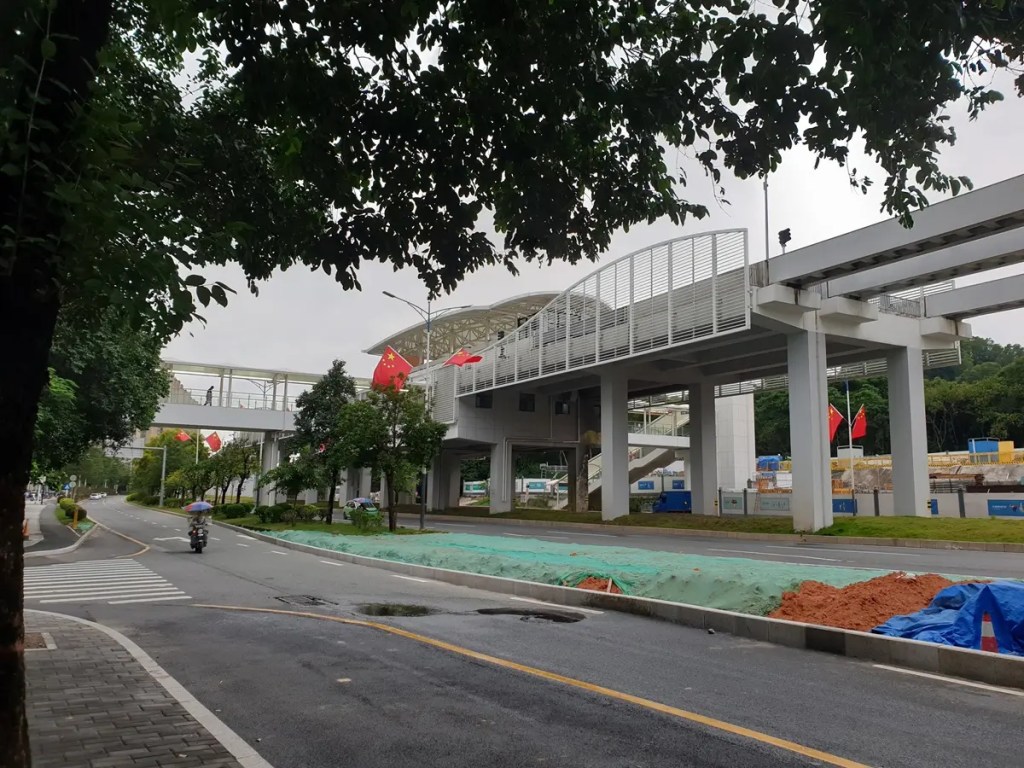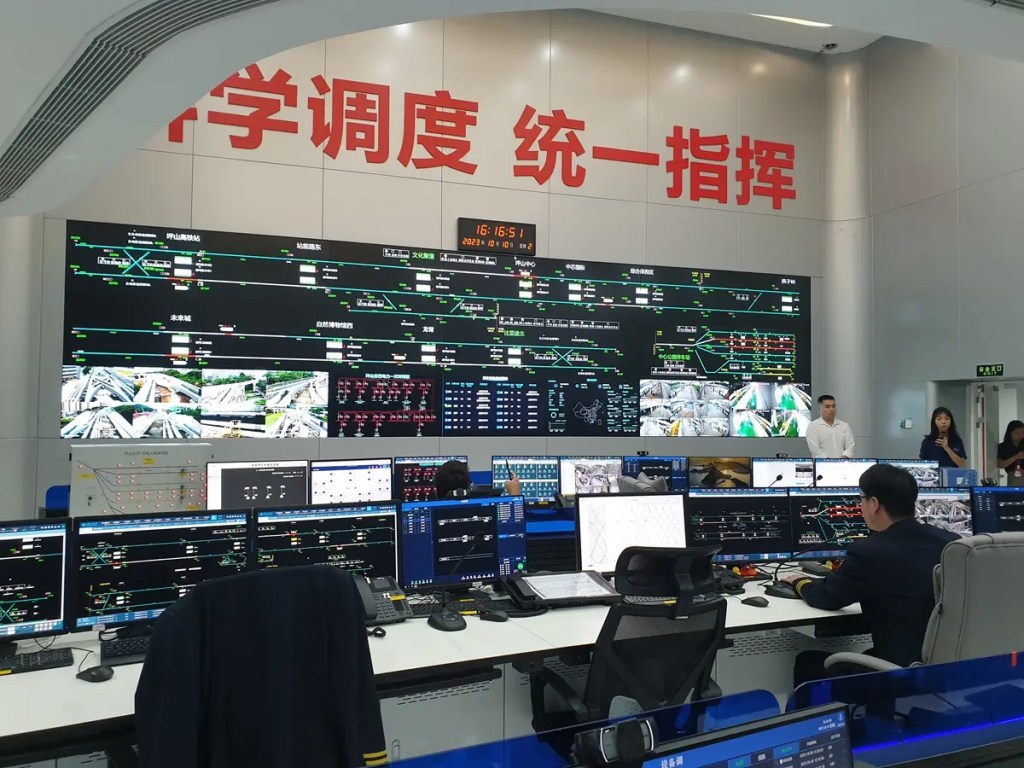During our recent media tour of the BYD headquarters in Shenzhen, China, we had the chance to walk around the commercial and business area of Pingshan District. Immediately, what struck us was the broad thoroughfares. And by broad, we really mean wide—up to four lanes on both sides. Never mind the numerous skyscrapers, as these are expected from a commercial area, the generous multiple lanes of the road network here are one for the books.
Even better, the pedestrian walkways are nearly as wide as some of the city roads in the Philippines. However, what caught our attention even more were the many color-coded bicycles parked in several areas. It turns out what we were looking at was part of the city’s dockless public bicycle system, or simply called the bike sharing system. These parked bicycles were in brand new condition, spotlessly clean. I could imagine someone in a corporate attire not hesitating to ride one of these on the broad bike lanes embedded in the side pavements. The bike lanes here would put our own improvised bike lanes to shame. The bike lanes of Pingshan are planned well and truly designed to be free, green, and ultimately promote alternative mobility. What’s even more astounding is that there are no security personnel around, nor is there any anti-theft device installed, at least from what we saw.
The private sector operates the transport system. To avail of the service, a smartphone app is required to scan QR codes. Presumably, these bicycles are installed strategically for point-to-point public use. Sure enough, it’s a dream setup for all bicycle lovers here and for tourists from all over the world.
Of course, we were in mainland China, so that meant we would be seeing lots of electric bikes. As expected, there was not a single bike that was non-electric the whole time we were touring. These green two-wheelers are primarily used for deliveries (food or small packages). There were so many e-bikes whizzing by at any given time, that we had to pay extra attention as these e-bikes were almost noise-free.
And yes, all the taxi cabs in Pingshan District are BYD E6 EVs.
First SkyShuttle line
We also stopped by the central station of the Pingshan SkyShuttle Line 1. It’s the first municipal SkyShuttle line in Shenzhen, independently developed by BYD, and started operations in December 2022. In 2019, BYD installed the SkyShuttle rail transit system in its Pingshan headquarters for employees to commute between offices, factories, and apartments. The elevated rail line runs for 8.51 km with 11 stations between the Pingshan High-Speed Railway and BYD North stations. The stations use self-service ticket machines with facial recognition technology.

According to the Shenzhen government, during the initial stage of operations, 9 four-carriage trains were in use, running between 6:30 a.m. and 11 p.m. at speeds of up to 80 kph, passing through the Pingshan government compound, vital industrial parks, and BYD’s headquarters. The trains depart at five-minute intervals during rush hours and 10-minute intervals during off-peak hours. A single journey takes a maximum of 20 minutes. According to the fare plan approved by the city’s Development and Reform Commission and Shenzhen Transport Bureau, the fare is calculated based on the city’s Metro system standards. The fare for a single trip is 2 to 3 yuan (around $0.28 to 0.43).

What impressed us the most was that the Skyshuttle rail transit system is battery-operated and fully autonomous. We witnessed how it was staffed by just a few individuals, serving as attendants to guide passengers through the central station, including when to close the door and proceed, all via live CCTV. The SkyShuttle Line has enabled local commuters to travel conveniently by connecting networks with the district’s significant cultural and sports facilities, commercial areas, and residential compounds.


